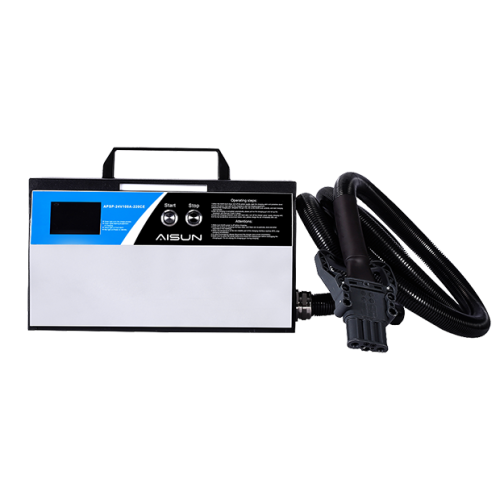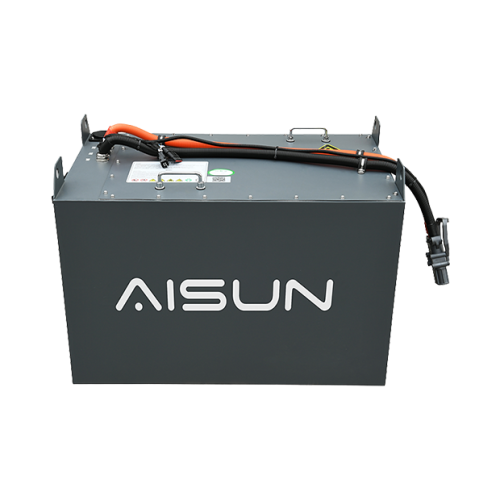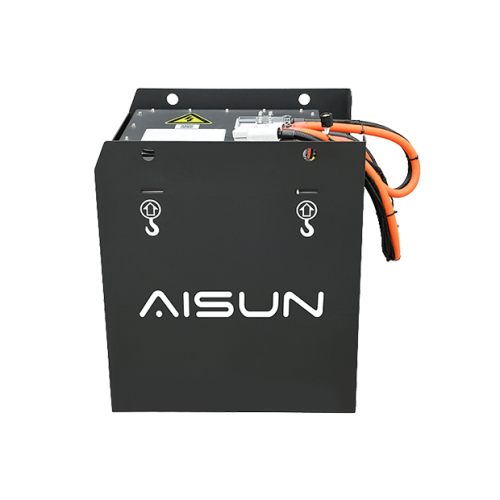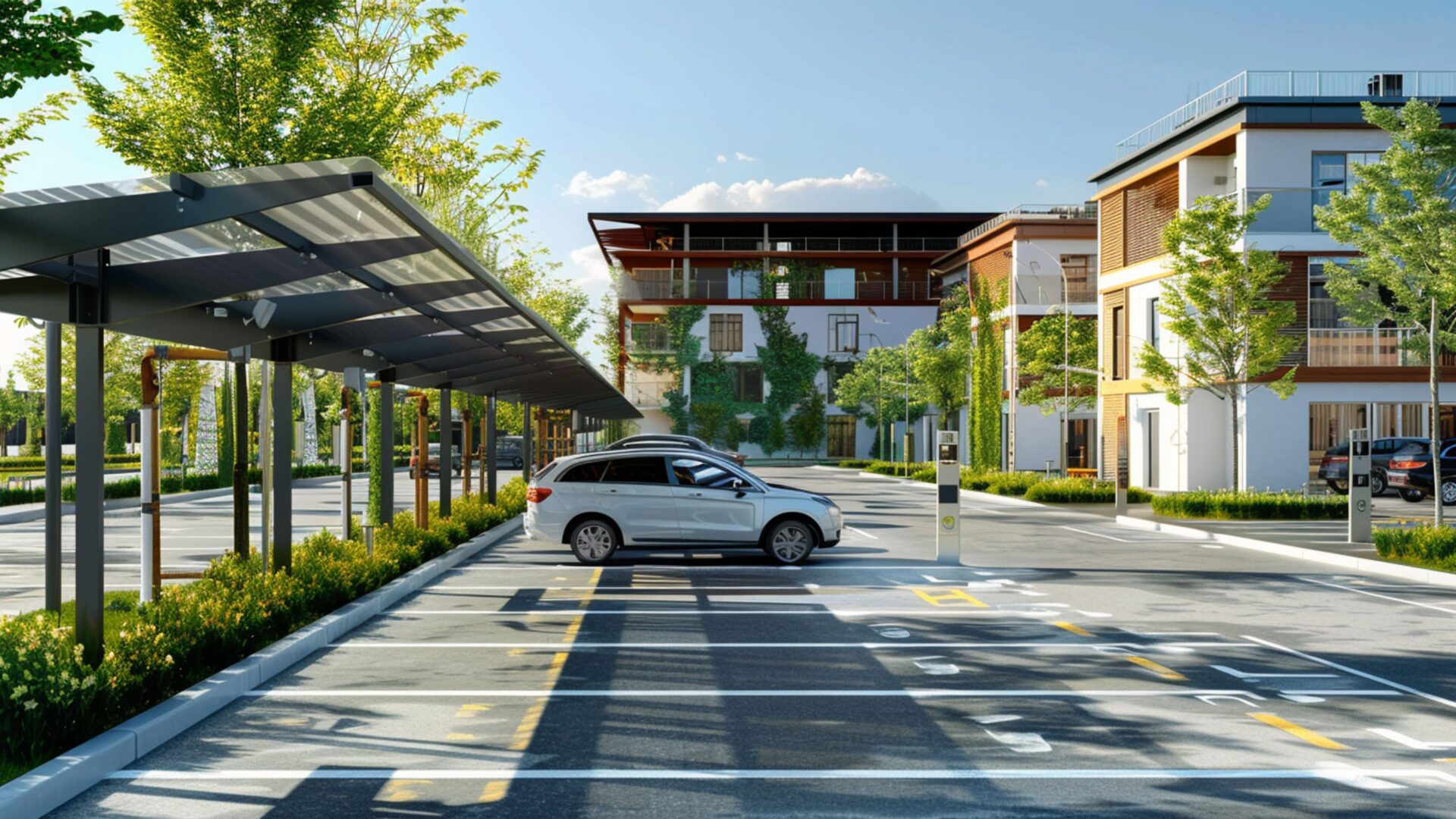As electric vehicle adoption accelerates, providing an apartment EV charging station has become a core amenity for multifamily communities. Renters increasingly expect access to charging, and property owners who implement it now gain stronger tenant retention, higher asset value, and a clear competitive advantage.
Why EV Charging Matters for Multifamily Properties
EV-owning tenants consistently rank charging availability among the top criteria when choosing a residence. Properties offering Level 2 charging tend to lease faster, attract higher-value renters, and maintain better long-term retention.
From a business perspective, EV charging also contributes to recurring revenue opportunities and strengthens a property’s sustainability profile—important for both residents and investors.
Insights from Recent Multifamily Charging Deployments
Based on aggregated data from recent apartment and mixed-use charging installations across different regions,several patterns clearly emerged.
Key Observations from Real-World Apartment Installations
- 78% of EV-interested residents lived in buildings constructed before 2015, underscoring the need for optimized power management.
- Newly deployed chargers reached 38–52% utilization within six months, indicating strong adoption even in developing EV markets.
- Properties that added charging saw 8–12% higher tenant renewal rates among EV drivers.
- Intelligent load management helped reduce electrical upgrade requirements, preventing up to 45% of expected panel upgrade costs.
These patterns reinforce that EV charging is both a resident-driven amenity and a financially sound investment strategy.
Key Challenges in Installing EV Charging for Apartments
Multifamily environments face unique constraints, such as:
- Limited or outdated electrical capacity
- Long distances between electrical rooms and parking spaces
- Shared parking policies
- Coordination with HOAs or building management
- Older infrastructure not designed for EV loads
Among all challenges, Make-Ready cost—bringing power to the parking area—often represents the largest portion of project expenses.
Strategic Steps to Deploy Apartment EV Charging Stations
1. Assess Resident EV Demand
Conduct tenant surveys to understand how many current and future residents own or plan to own EVs.
This ensures investments match real usage instead of guesswork.
2. Evaluate Electrical Capacity and Upgrade Avoidance
Early load assessments reveal whether dynamic load balancing can support additional chargers without upgrading the main panel.
In many cases, software-controlled power distribution avoids costly infrastructure reinforcement.
3. Choose Chargers Designed for Multifamily Use
Features recommended for shared residential environments include:
- Dual-port capability
- Authentication and access control
- Smart billing
- Usage reporting
- Energy-management compatibility
4. Implement a Scalable EV-Ready Plan
Starting with a manageable number of chargers while pre-installing conduit for future expansion reduces long-term costs and supports growth.
Reducing Make-Ready Costs: Practical, Proven Methods
Make-Ready preparation can account for 30–60% of the total project cost, especially in older buildings.
The following practical strategies have been proven effective across multiple apartment installations.
1. Reuse Existing Conduits, Shafts, or Mechanical Paths
Migrating EV wiring through existing utility shafts significantly reduces drilling and trenching work, lowering Make-Ready costs by 20–35%.
2. Cluster Chargers Near Electrical Distribution Rooms
Placing chargers within 12–18 meters of the electrical room typically cuts cable length and installation work by nearly half.
3. Use a Phased Construction Strategy
Instead of installing the full system at once, properties can split installation into phases:
- Phase 1: Prepare backbone wiring and conduits
- Phase 2: Add more chargers based on tenant adoption
This spreads CAPEX over time and prevents early overspending.
4. Utilize Intelligent Load-Balancing Software
Dynamic load management allocates power evenly among chargers, allowing more units to operate without increasing overall building load.
This method has been shown to eliminate 40–45% of potential panel upgrade costs.
5. Create a Shared EV Charging Zone
Consolidating chargers in designated EV areas reduces conduit length and simplifies traffic flow for residents, making installation more efficient.
Business Benefits for Property Owners and Managers
Adding EV charging to an apartment complex delivers measurable advantages:
- Higher occupancy & tenant retention
- New revenue channels through pay-per-use or subscription models
- Future-proof infrastructure aligned with growing EV adoption
- Enhanced ESG alignment for sustainability goals
Smart charging systems reduce operational burden, strengthen building competitiveness, and increase long-term asset value.
Conclusion
Apartment EV charging stations have become a crucial amenity for modern multifamily communities.
By combining scalable installation planning, smart electrical management, and practical Make-Ready cost strategies, property owners can implement charging efficiently and cost-effectively.
With real-world insights from multiple multifamily deployments and data-driven guidance, this approach helps residential properties enhance tenant satisfaction, reduce operational complexities, and increase long-term asset value.


























